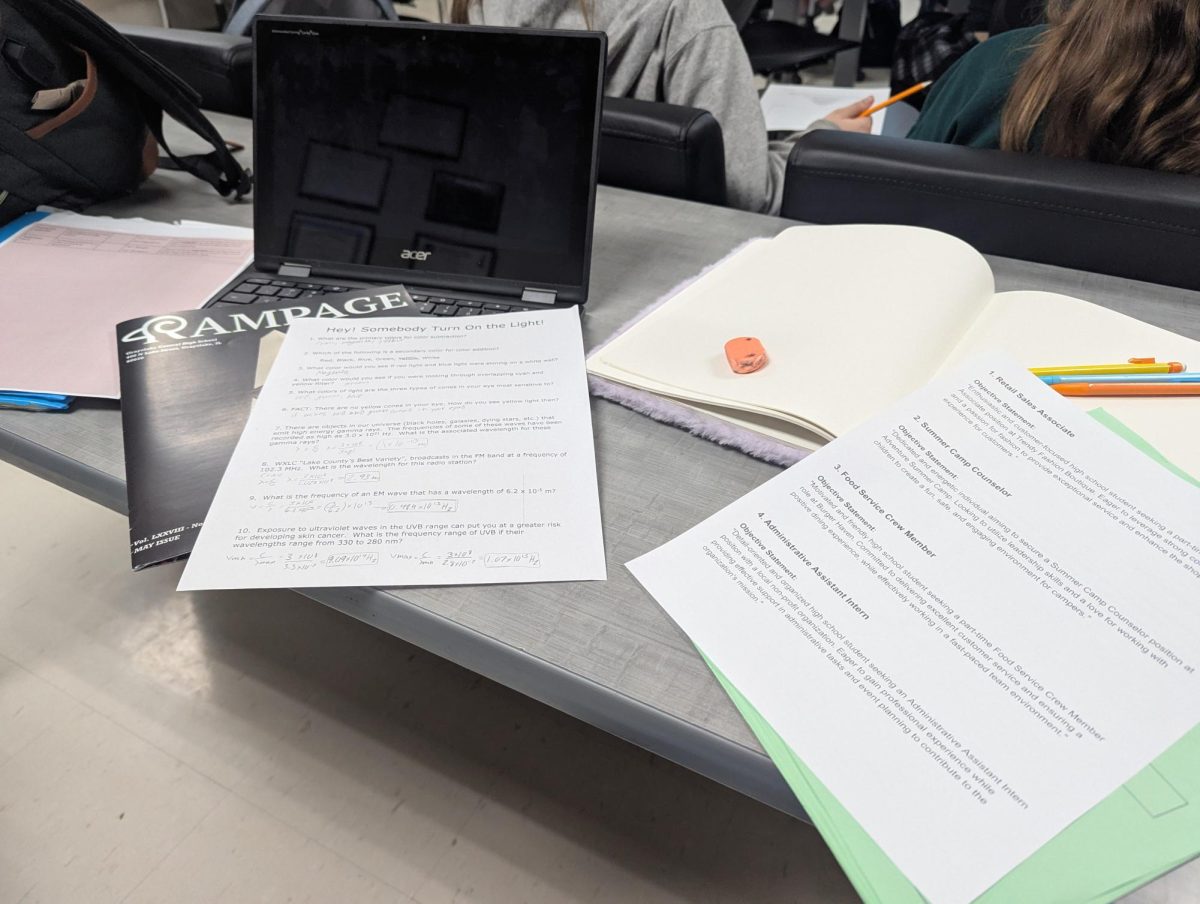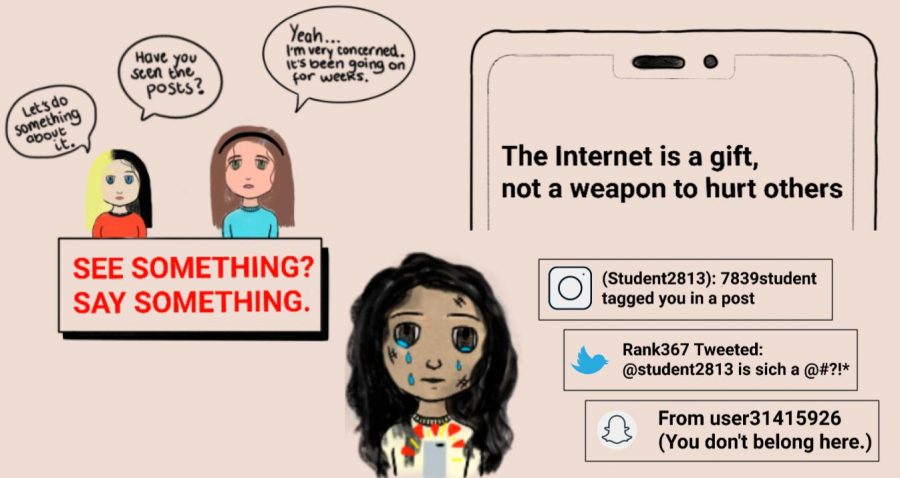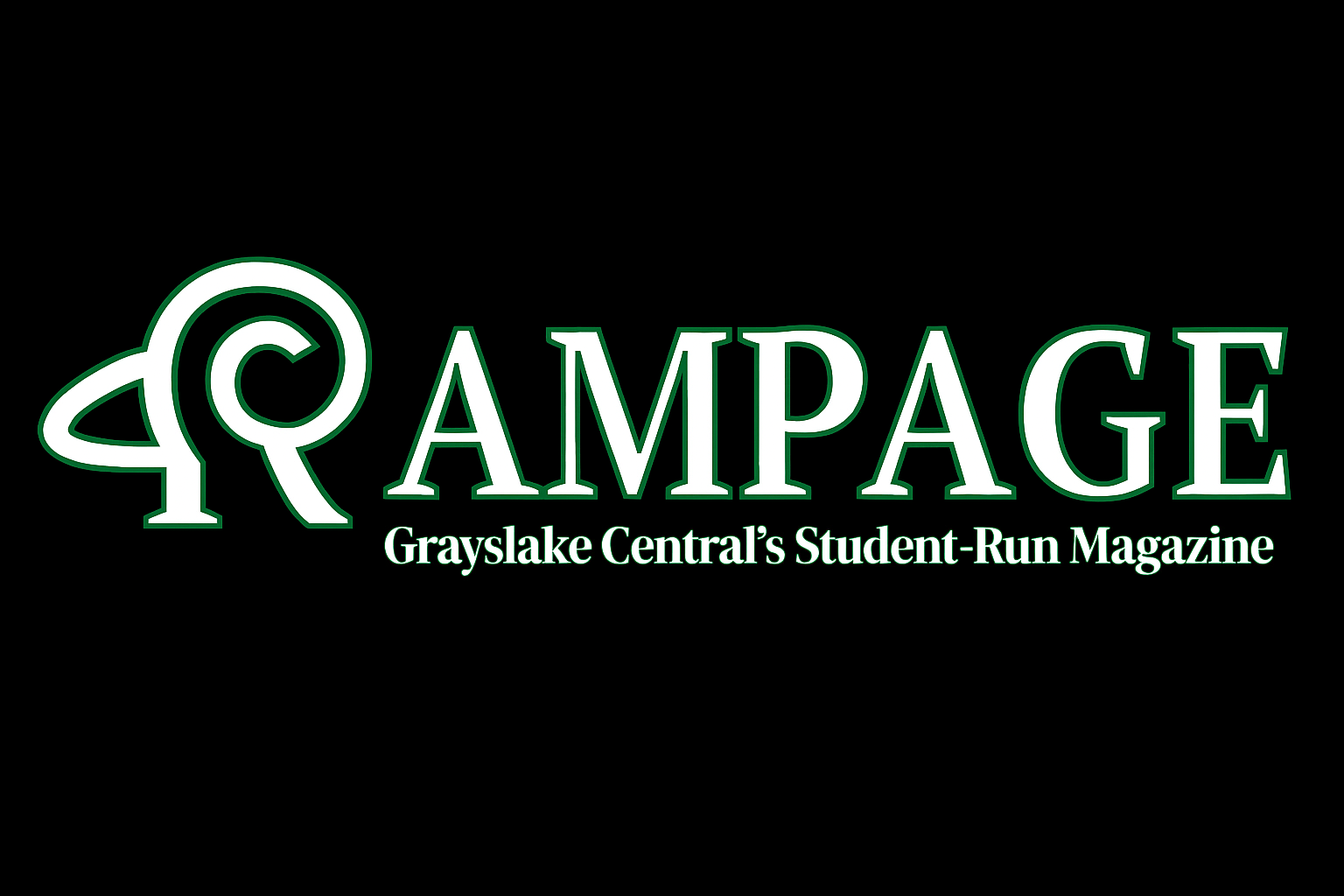Kami’s unreliability proves difficult
Kami seems to be used more and more in classes nowadays, even though it is very frustrating to use.
Above you see a Kami assignment PDF that went missing.
December 17, 2020
Nearpod. Classkick. Quizlet. Flipgrid… Kami. Far too often nowadays, students will get an assignment on Schoology, and rather than it being the usual assignment that can be done on Google Drive, enter Kami instead.
Many people may argue that, in a period where we are online all the time, it is important that we learn how to use different technologies as opposed to what we are used to, as we will need different websites with different functions in our classes. This is a valid perspective, but Kami is used too much nowadays, at the expense of other, more intuitive options.
On Kami, something as simple as creating a textbox becomes a hassle. Not so much because the system of creating a textbox is complicated, but because Kami just refuses to make one half the time, so instead, you have to make one using copy and paste. Compare this to Google Drive, where adding text is as simple as just typing once the document is open.
At the same time, Kami’s “insert media” function doesn’t seem to work at all. Nearly every time when inserting a picture into the document, it just won’t appear. It does not appear to support JPEG images, which is a bad design flaw, considering that is one of the most common forms of images.
So why do we use it? An argument from science teacher Margaret Hansen was that Kami has several features that Google Drive doesn’t, such as a built-in dictionary and audio and video comments. These do seem appealing, especially the different types of comments, which can make for some interesting, unique assignments.
But while these features are nice, most Kami assignments don’t really make use of them. Usually, they only involve adding text or images to the pdf, things that Kami is poor at. What is required for the assignment should always come first.
Some students say that they, personally, find Kami simple to use, and have never encountered any glitches. While it’s great they like the program, we cannot all say the same. There have been instances where a fully completed project disappears from Kami, and there is no going back to supporting it.
Ultimately, Kami has way too many flaws for there to really be any reason to use it instead of Google Drive in most situations. Instead of forcing students to use Kami when Google Drive could easily be used instead, teachers should judge if Kami is the right program for a particular assignment, and go from there.








































